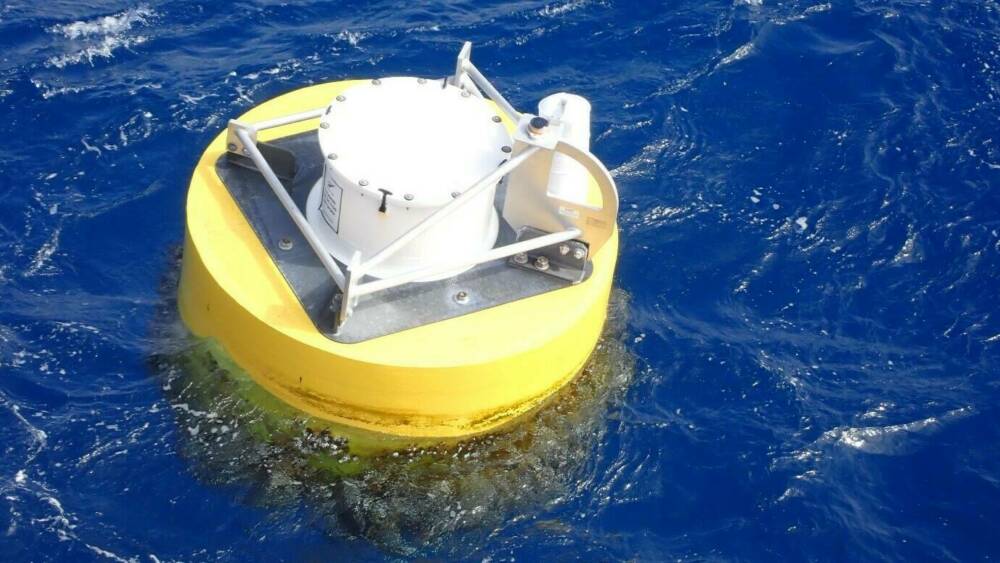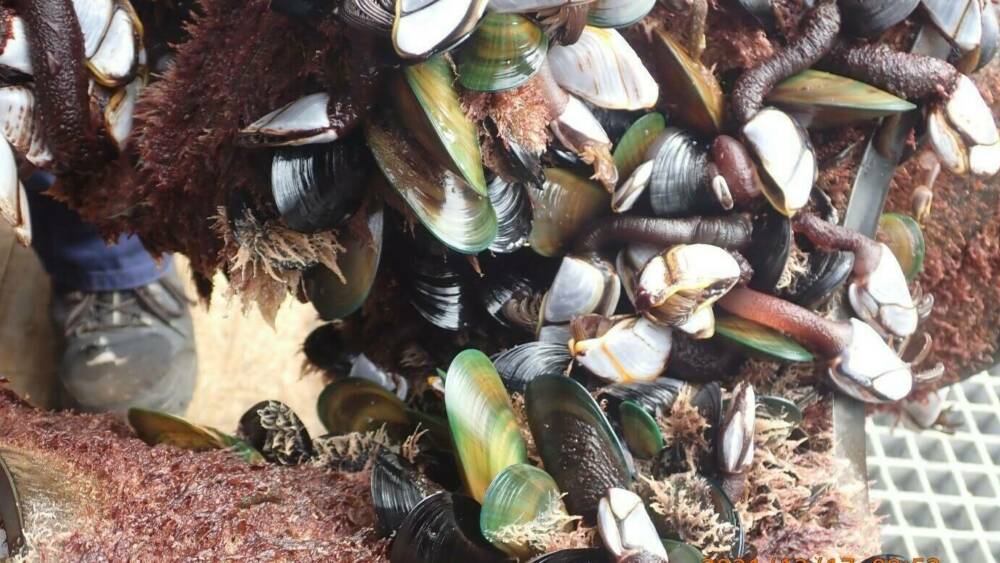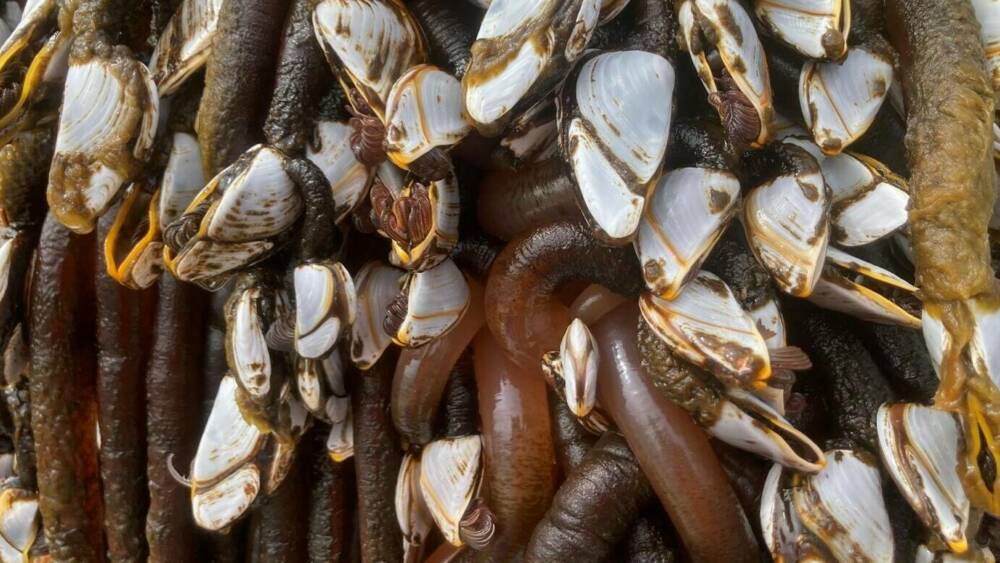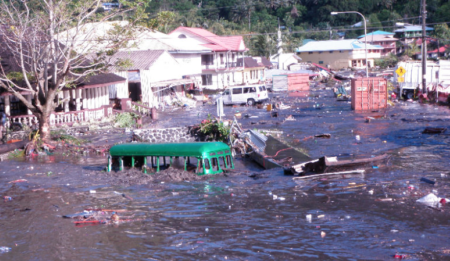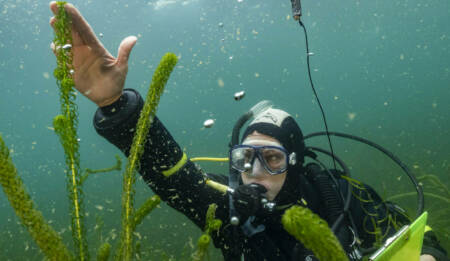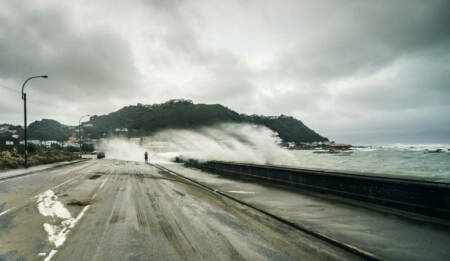Aotearoa New Zealand's Tsunami Detection Network
The DART buoy network around the Pacific Rim provides rapid warning of tsunami activity in our region, triggering alert systems for vulnerable coastal communities. This network of buoys also forms a net of oases in the open ocean which can measure and detect changes in the complex pelagic biota of the Pacific Ocean and how the biofouling organisms may influence the marine biota landscape of Aotearoa New Zealand and Pacific Nations.

Background
NIWA has deployed 12 purpose-built tsunami detection buoys in the waters off New Zealand and north into the Pacific. As well as being an early warning system for tsunami occurrences they are oases for biological growth, like most solid structures in the aquatic environment. The buoys are in the water between servicing events for approximately 24 months. The placement of the buoys in NZ’s Exclusive Economic Zone (EEZ) is a special opportunity to examine the composition and presence of an unknown marine biota (pelagic) and the influences to NZ’s marine biota. Having the buoys in the water at the one locality and examined over a decade or so will form a baseline for future understanding of how species are affected by climate change across latitude and time.
Project details
This project is focusses on servicing and maintaining of this network of 12 tsunami detections buoy which have been moored in place and will be looked after over a long period of time. This gives us the spectacular opportunity to examine how our environment will change over time, especially with the pressure of a changing climate and anthropogenic influences on the ocean.
What they hope to achieve
Apart from the obvious aim of being an early warning detection system for tsunamis and their effects. The other science that this project specifically aims to do include:
- Document and describe the change in species composition and relative abundances of the biofouling ecosystem on DART buoys as they are serviced over time and latitude, using integrative methods
- Document and describe the micro plastic composition from the digestive tracts of the gooseneck barnacles
- Document abiotic patterns/changes,
- Determine, if possible, rate of settlement of organisms on the buoys.
- Analysis invasive vs native vs cosmopolitan species
There are considerable gaps in our knowledge of what species occur in NZ’s EEZ and how they influence our inshore biota and fisheries. As climatic and environmental conditions change due to anthropogenic influences, species ranges will change. Having such a detailed latitudinal time series, this project will be able to observe and document this change. This project provides strong connections to NZ’s biosecurity landscape. It is vital to understand the pathways of adventive organisms and other vectors which may contribute to the translocation of non-indigenous organisms, such as rafting, not just hull and ballast-water.
The location of these DART buoys provides spatial and temporal information as ‘floating reefs/oases’ in the deep oceanic water as refuges for some non-indigenous organisms to New Zealand.
What happens in the open ocean is not isolated to the open ocean. The Tsunami detection network is vital in aiding coastal communities all around the Pacific Ocean. As species move around in the open ocean, those in the coastal areas will shift and change. This affects all of us coastal dwellers and has the potential to change fishing and food practices.
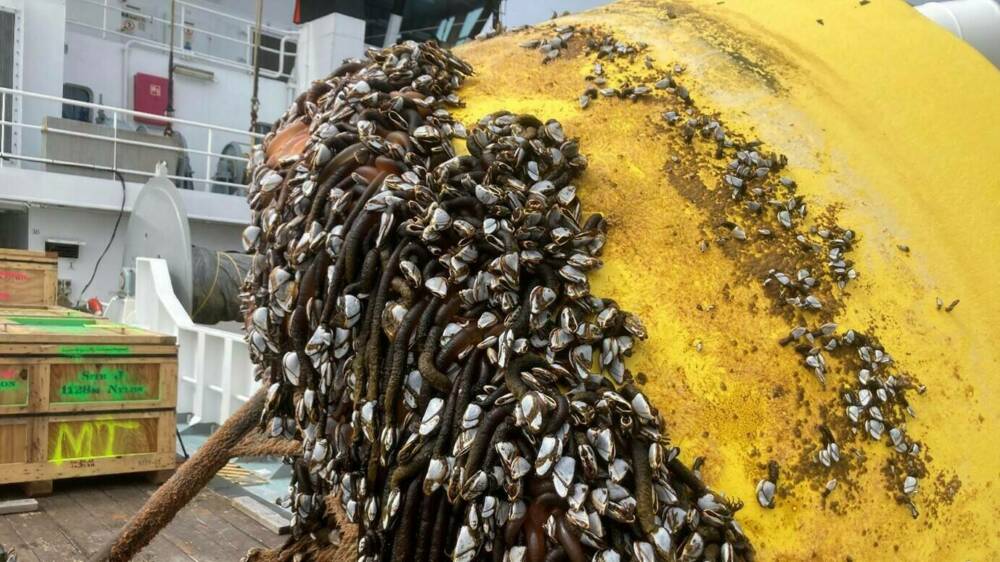
Resource

